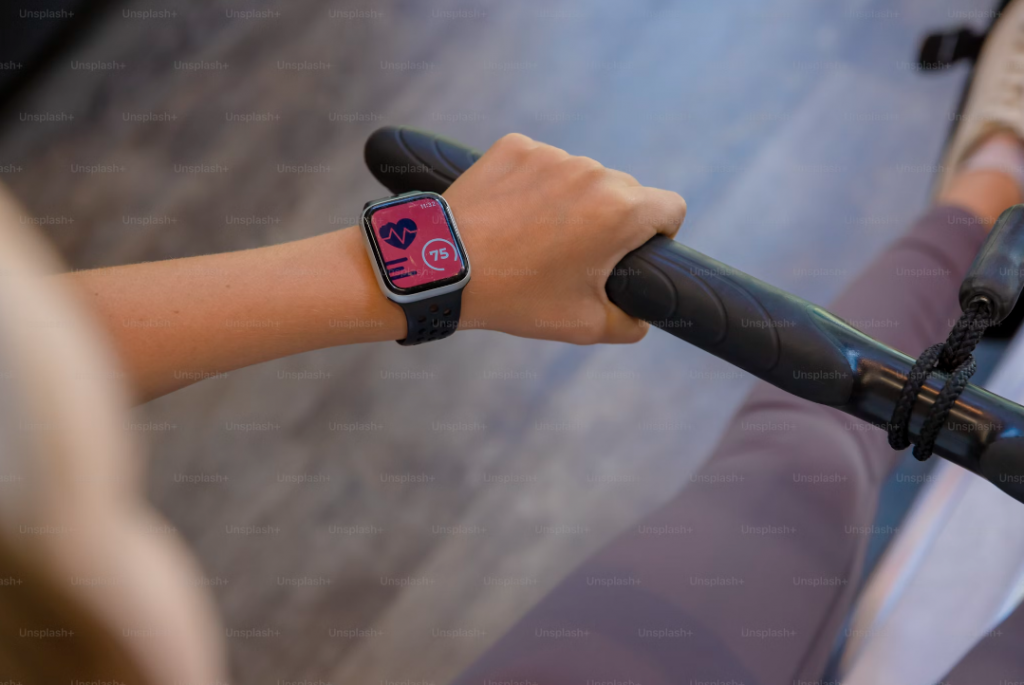Introduction
The tech world is buzzing with the latest innovations in wearable technology, from smartwatches to health monitors. But with all the hype, the question arises: do these devices actually live up to their promises? This article dives deep into the realm of wearable tech, examining its features, benefits, and shortcomings. By the end, you’ll have a clearer picture of whether investing in wearable devices is worth it.
What is Wearable Technology?
Wearable technology encompasses electronic devices worn on the body, designed to collect data and provide insights into various aspects of our lives. These gadgets not only serve practical functions but also integrate seamlessly into our daily routines, offering convenience and connectivity at our fingertips.
The Evolution of Wearable Tech
The journey of wearable tech dates back to basic pedometers, but it has rapidly evolved into sophisticated devices that can track everything from heart rates to sleep patterns. As technology advances, we see wearables becoming more advanced, user-friendly, and indispensable in managing health and lifestyle.
Current Trends in Wearable Technology
Today’s wearables are focusing on health monitoring and fitness tracking, with features like ECG capabilities, blood oxygen level checks, and sleep quality analysis. The trend is shifting towards personalized health data that empowers users to take charge of their well-being.
Types of Wearable Technology
Smartwatches
Smartwatches are perhaps the most popular form of wearable tech today. With their ability to send notifications, track fitness, and even make calls, they are like a mini smartphone on your wrist. Brands like Apple, Samsung, and Fitbit have set the bar high, offering a myriad of features.
Fitness Trackers
Fitness trackers are designed specifically for monitoring physical activity. They track steps, calories burned, and even heart rates. These devices are perfect for fitness enthusiasts looking for straightforward ways to monitor their health.
Health Monitors
Health monitors take wearable tech a step further by focusing on specific health metrics. Devices like continuous glucose monitors and blood pressure cuffs provide real-time data that can be critical for managing chronic conditions.
Smart Clothing
Smart clothing is an emerging category in wearable technology, integrating sensors directly into fabric. These clothes can monitor vital signs and provide feedback on physical activity, making them ideal for athletes and fitness enthusiasts.
Key Features to Consider
Battery Life
One of the most crucial aspects of wearable tech is battery life. No one wants to be tethered to a charger every few hours. Look for devices that offer longer battery life to enhance usability.
Compatibility with Other Devices
For wearables to be truly effective, they need to work seamlessly with your other devices. Ensure the wearable you choose is compatible with your smartphone and any other tech you use regularly.
User Interface and Experience
A user-friendly interface is vital for the overall experience. Devices should be easy to navigate, with intuitive designs that don’t require a degree in engineering to operate.
Data Accuracy and Reliability
Ultimately, the effectiveness of wearable tech hinges on data accuracy. Reliable readings can help you make informed decisions about your health and fitness, so choose devices known for their precision.

Do Wearables Deliver on Their Promises?
User Experience and Feedback
User experiences vary widely, with some praising the convenience and insights provided by wearables, while others criticize their accuracy and ease of use. Before purchasing, it’s wise to read reviews and gather feedback from other users.
Real-World Performance vs. Marketing Claims
Wearable tech companies often make bold claims about their products. It’s essential to scrutinize these claims against real-world performance. Many devices offer features that sound impressive but may not deliver consistent results in everyday use.
The Impact of Wearable Tech on Health and Fitness
Promoting Active Lifestyles
Wearable tech can significantly encourage users to lead more active lifestyles. By tracking daily steps and activity levels, these devices motivate individuals to reach their fitness goals and maintain a healthy routine.
Tracking Health Metrics
Wearables are invaluable for monitoring health metrics. Whether it’s tracking heart rates during workouts or analyzing sleep patterns, these devices provide insights that can lead to healthier choices.
Challenges and Limitations of Wearable Technology
Privacy Concerns
With great data comes great responsibility. Privacy is a significant concern with wearables, as they collect sensitive health data. Users must be vigilant about who has access to their information and how it’s being used.
Technical Limitations
Despite their advancements, wearables still face technical limitations. Issues like connectivity problems, inaccurate readings, and software bugs can hinder user experience and trust in these devices.
The Future of Wearable Technology
Upcoming Innovations
The future of wearable tech looks promising, with innovations like augmented reality glasses and more sophisticated health monitoring features on the horizon. These advancements will likely enhance usability and broaden the scope of what wearables can do.
Potential Market Growth
As technology continues to evolve, the market for wearables is expected to grow significantly. More consumers are becoming health-conscious and tech-savvy, paving the way for wider adoption of these devices.
Conclusion
In summary, wearable technology offers exciting possibilities for monitoring health and fitness, but it’s essential to approach these devices with a critical eye. While many deliver on their promises, others fall short. By considering key features, user feedback, and real-world performance, you can make an informed decision about whether a wearable is the right fit for your lifestyle.